The Suprachiasmatic Nucleus, aka the SCN, is located in the brain sandwiched between the optic chiasm – where visual data enters the brain from the eyes – and the hypothalamus – a structure in charge of integrating the nervous and endocrine systems. The SCN acts as our body’s 24-hour clock, keeping track of time through the light traveling from the eyes.
The trick here is the light influence from the eyes! We need periods of light and periods of dark to function optimally but the weather, seasons, and blue light emitting electronics like our televisions and smartphones, can throw us off track.
Maximizing Light Opportunities
Getting light exposure first thing in the day helps to mobilize resources and shift the body from sleep mode to wake mode. This includes releasing hormones that get us up and moving around, as well prepare the digestive system to break the overnight fast with a meal.
For those of us who tend to move slowly in the morning, a bit of light therapy could be useful. In clinical applications we see light therapy indicated for folks with depression, both seasonal and nonseasonal, as well as perinatal depression during pregnancy and the postpartum period. If you have severe depression or bipolar disorder it is advised to work with your psychiatric team before starting light therapy.
To get the optimum dose of light therapy you could:
- Go for a 15-30 minute walk shortly after sunrise;
- Spend 15-30 minutes outdoors;
- Use a light therapy box with a 10,000 lux range that blocks the UV spectrum.
I’ve had my trusty Verilux happy light for more than a decade and use it to beat back seasonal affective disorder and ease my circadian rhythm into time shifts after traveling or hopping back and forth with daylight savings.
Night Mode
The SCN relies on periods of darkness to produce melatonin and help us sleep. Modern living is a challenge here as our homes tend to be much brighter than our ancestors who relied on candles and fireplaces. We’re also highly addicted to our smartphones which emit blue light.
Nighttime light pollution in the bedroom has been shown to increase our risk of weight gain, cardiovascular disease, and metabolic disorders like insulin resistance and diabetes.
Blue light, such as that emitted by our cell phones and computer screens, has been linked to eye damage including macular degeneration, retinal damage, and eye strain.
Turn down the lights:
- Use a dimmer slide switch to dim lights in the home after sunset for a cozy glow;
- Salt lamps can add ambient light filtered through red and orange salt;
- Install F.Lux on your computer, phone, and tablets to reduce blue light;
- Wear blue light blocking glasses in the evenings while using your phone, ereader, or watching television.
Reduce light pollution in the bedroom

How’s the light pollution in your neighborhood? Here in Northwest Austin we’ve got street lights in the neighborhood, and they’re putting those giant high mast LED lights up on 183 as part of the new toll project. Those high mast lamps can light up the roadway 400 feet in each direction, but I imagine that will increase our light pollution on the map here.
In the bedroom I use black out curtains behind the decorative curtains to reduce outdoor light pollution. In the evenings we use two salt lamps and a dimmable lamp to light up the room enough to move around but it’s not bright enough to read in (we tend to read in the den or the spare room). I cover any sources of indoor light pollution – I drape a dark colored washcloth over the digital alarm clock, and the glowing light on my Airmega HEPA filter.
Self-Reflexology for the SCN and Pineal Gland
The late osteopath-reflexologist, Martine Faure-Alderson puts the cranial nerve II reflex on the intermediate bone of the index finger which governs the optic nerve. You can thumb walk this region on each index finger, pausing to hold over any area that’s a bit sensitive.
In her book, Total Reflexology of the Hand, Faure-Alderson notes the location of the pineal gland reflex can be found on the distal tips of the fingers and thumb. I like to stimulate these reflex points with gentle tapping of the finger tips against each other. This is akin to waking the reflex tissues up in a reflexology session when we want to activate a reflex area. You could try gentle circles over the tips of the fingers as part of your bedtime routine.
Banner image: Illustration of the human brain showing the Cerebral Cortex, the Suprachiasmatic Nucleus, the Optic Chiasm, the Hypothalamus and the Pineal Gland by 黄雨伞.
[/fusion_text][/fusion_builder_column][/fusion_builder_row][/fusion_builder_container]



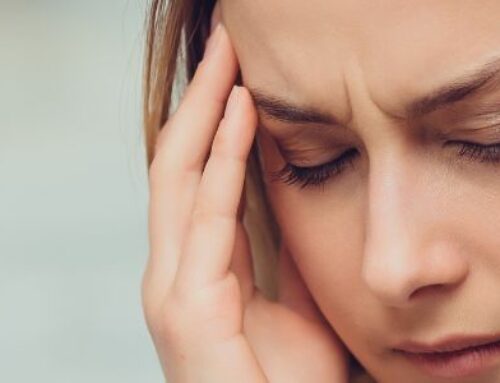
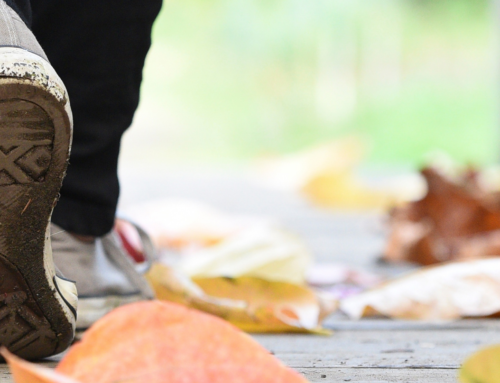
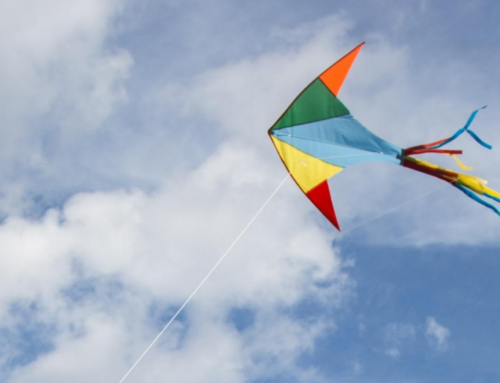
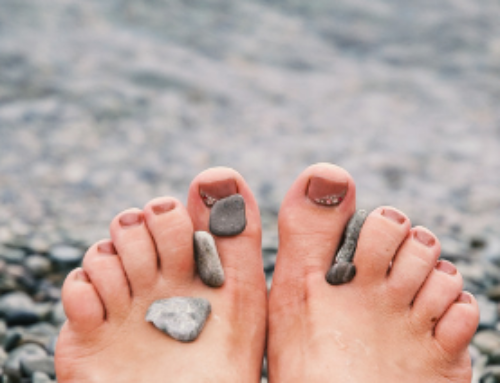
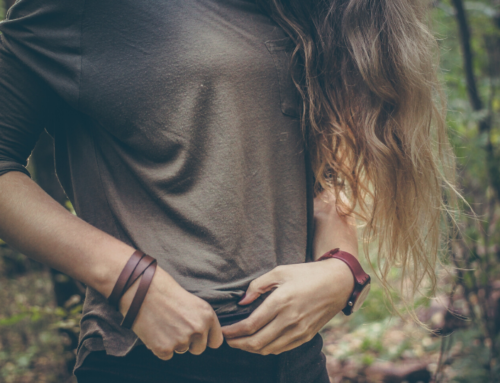

Leave a Reply